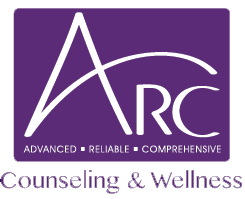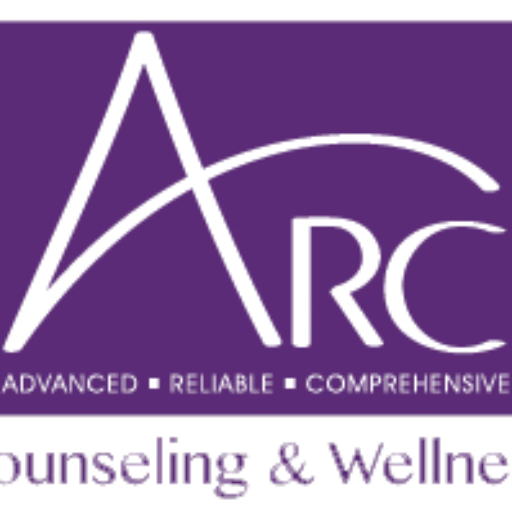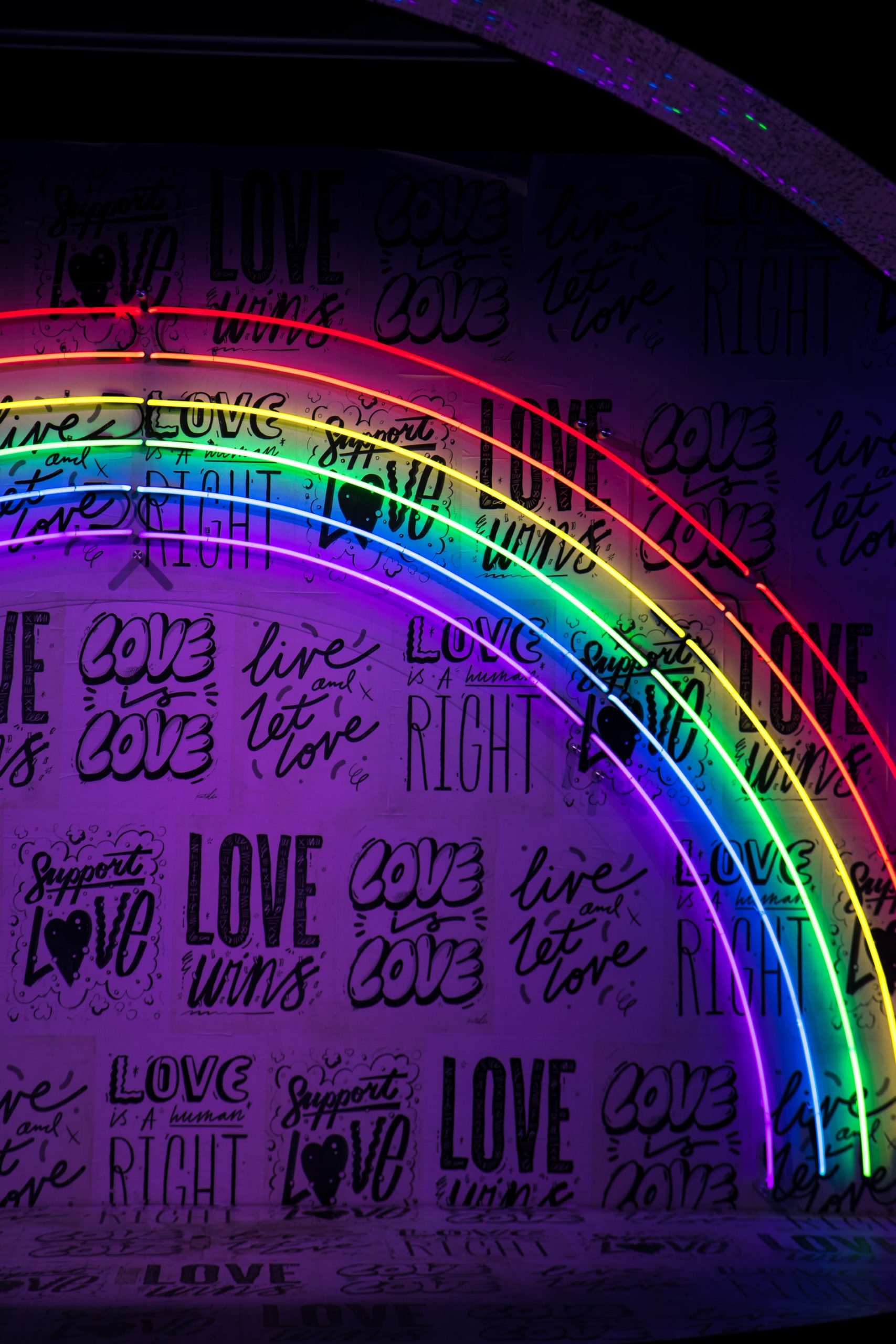It’s Pride Month and We’re Here to Celebrate and Educate
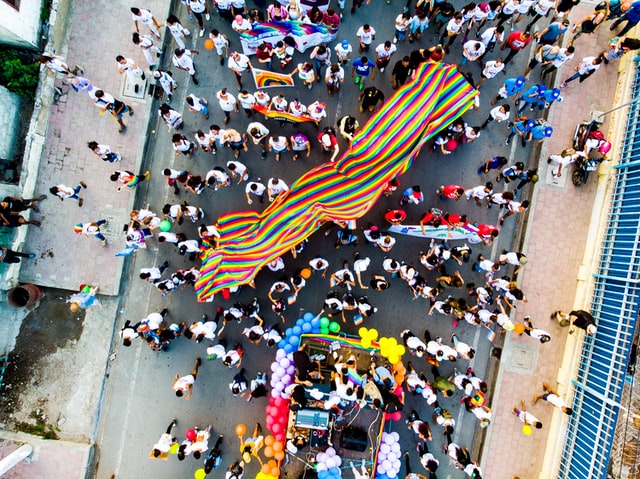
It is not too much to say that we are all long overdue for a celebration and Pride Month has come just in time. This month is not only for celebrating the beautiful LGBTQ+ community but also to bring awareness to the everyday struggles, reduce stigma and for us, to raise awareness of the importance of allyship and mental health resources. According to DoSomething.org, a not for profit youth lead organization of social change, 42% of people who identify as LGBTQ report living in an unwelcoming environment and 80% of gay and lesbian youth report severe social isolation. Legislations that protect LGBTQ+ persons are also constantly under attack. There is so very much that needs to change in order to protect and support the LGBTQ+ community and as always, we are here for it!
A Brief History of Pride Month
This year marks the 52nd anniversary of the Stonewall Uprising that took place in Greenwich Village in New York City on June 28th, 1969 when police officers raided a popular gay bar. This six day protest is mainly considered to be the start of the modern LGBTQ+ rights movement. The first Pride marches where held just one year later, thousands of people marched in the streets of Manhattan from the Stonewall Inn to Central Park in an act of tremendous courage that would launch a movement of advocacy and celebration.
LGBTQ+
Over the years, society has come to understand that sexuality is on a spectrum. The rainbow flag represents that there are so many other identities than gay and straight. The acronym as we know it stands for Lesbian, Gay, Bisexual, Transgender, Queer with the Plus Symbol/+ symbolizing and creating space for other unnamed identities. Some of the lesser known parts of the acronym or identities considered under the plus symbol are:
- Two-Spirit
An umbrella term used by indigenous North Americans to describe gender-variant individuals in their communities who are seen as having both male and female spirits within them. - Queer
Sexual and gender minorities that are not heterosexual or cisgender - Questioning
The questioning of one’s gender, sexual identity, sexual orientation, or all three is a process of exploration by people who may be unsure, still exploring, and concerned about applying a social label to themselves - Intersex
Intersex is a variation in sex characteristics including chromosomes, gonads, or genitals that do not allow an individual to be distinctly identified as male or female - Asexual
Asexuality or nonsexuality is the lack of sexual attraction to anyone, or little to no interest in any sort of sexual activity. - Pansexual
Also know as omnisexuality is sexual attraction, romantic love, or emotional attraction toward people of any sex or gender identity. - Agender
Agender people, also referred to as genderless, genderfree, non-gendered, or ungendered people are those who identify as having no gender or being without any gender identity. - Gender Queer
This is an umbrella term for gender identities that are not exclusively masculine or feminine—identities which are thus outside of the gender binary and cisnormativity. - Bigender
Bigender is a gender identity where the person moves between feminine and masculine gender identities. - Gender Variant
Gender variance, or gender nonconformity, is behavior or gender expression by an individual that does not match masculine and feminine gender norms. - Pangender
Pangender people are those who identify as all genders.
Of course the LGBTQ+ community is also diverse in terms of the races, ethnicities, religions, and socioeconomic classes and thus often identify with diversity that includes intersectionality. This intersectionality makes the community all the more rich in it’s diversity and complexity.
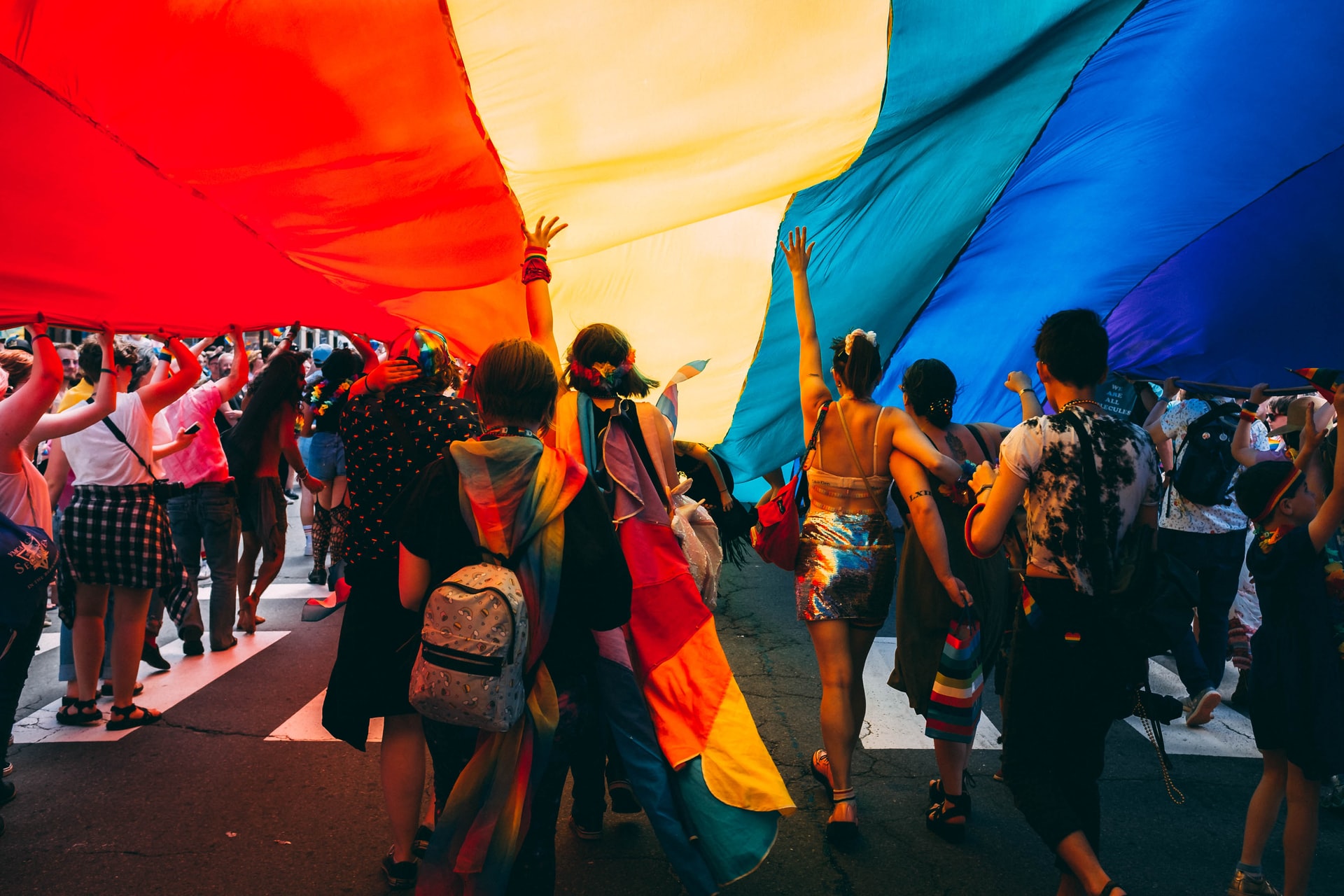
Mental Health in the LGBTQ+ Community
Did you know that 61% of those in the LGBTQ+ community experience depression and 36% experience anxiety? For LGBTQ+ youth, the statistics are even more dire in that they are twice as likely as their cisgender peers to struggles with mental health issues and to attempt suicide. But why is this? Well, when you think about the discrimination, lack of access to support and resources, hate, danger, trauma, and rejection LGBTQ+ folks are often exposed to or endure, the question really answers itself. Safe and knowledgeable mental health resources are a necessity and a right for all and the LGBTQ+ community is in high need. One would think that all mental health professionals would be educated and allies to the community but this is simply not true which places those seeking therapy and/or medication at risk of further harm from those who are supposed to be of help. We could really be here all day just talking about this so we’ll have to come back to this important issue.
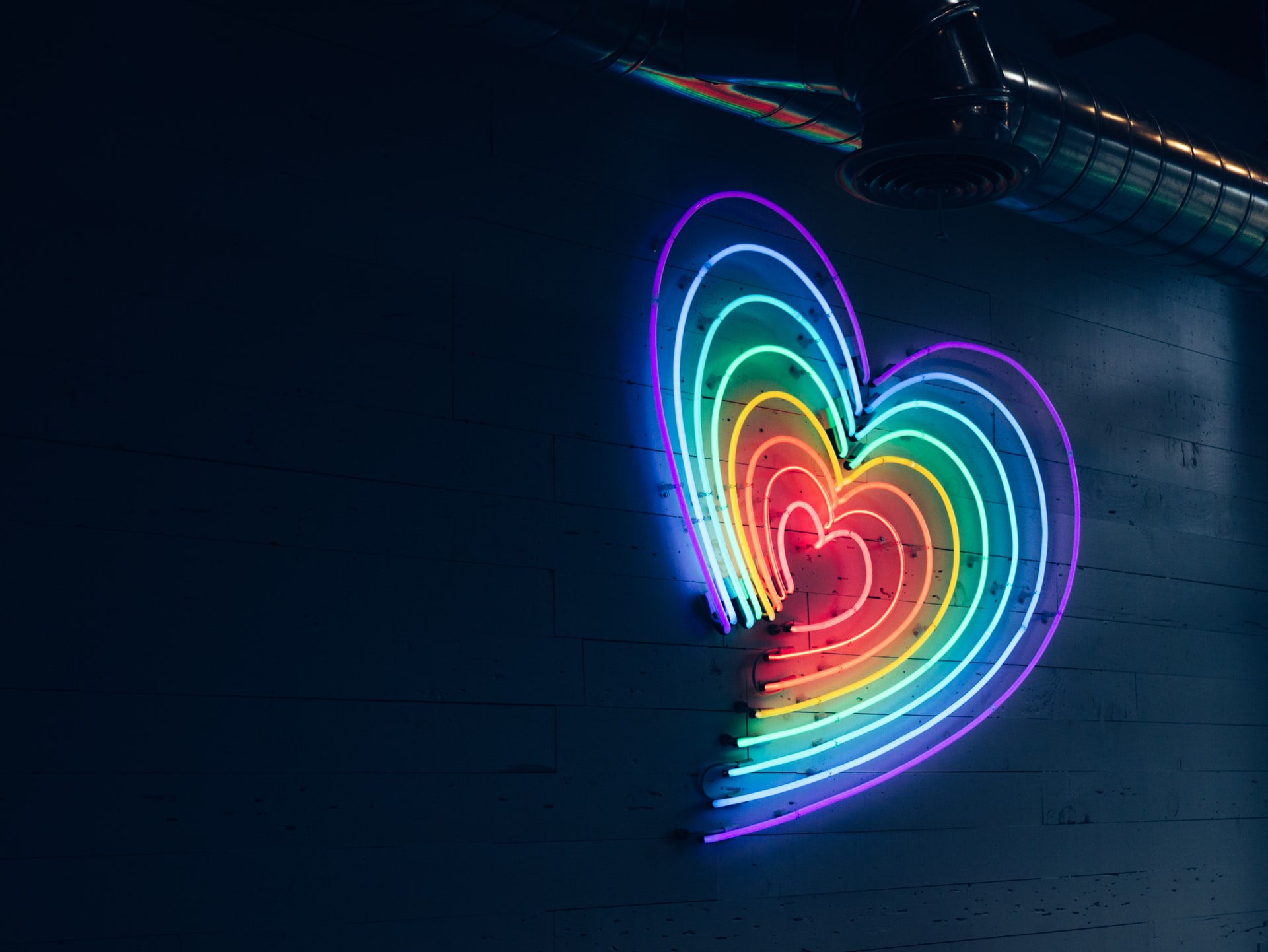
What Can You Do To Support the LGBTQ+ Community?
1. Question your own biases: Learn about the LBGTQ community and bring awareness to the implicit biases that you may have. When we express these unintentionally to those around us, though we don’t realize we are effecting them in a powerful way.
2. Never speak for someone else: Especially when it comes to a person’s identity, speaking in their place or outing them can be problematic to their life in the short and long-term.
3. Educate others: When it comes to being an ally and preventing the ongoing struggles that the LGBTQ+ community goes through everyday, educating those around you such as family members and co-workers can help prevent other instances of discrimination from occurring. Use your voice to educate yourself and others about the LGBTQ+ community and advocate for them. You can also use your social platforms to spread awareness about LGBTQ rights and express support. Make it known that you are someone that is safe to come out to, and that you don’t tolerate hate.
4. Help find safe mental health resources: By searching for support groups, mentors, and LGBTQ-supporting therapists, you can help your friends get the safe, quality, and fair help that they may need to better their mental health going forward.
5. Attend a virtual pride parade- due to the covid-19 pandemic not ever one is ready ready to take to the streets just yet so there are many virtual pride prides taking place nationwide this month
6. Donte to a trusted foundation- Our very own self help book club Psyched Book Club is currently accepting donations for BEAM, an organization built to provide mental health resources to BIPOC, and LGBTQ+ in recognition that these marginalized communities have a greater need and yet less access to mental health resources.
7. Wear the rainbow- One way to show pride and support is to fly the Pride flag high, decorate your home, yard, office, car or even your hair is the beautiful colors of the rainbow. Let your community know that you support the LGBTQ+ community and be willing to share your why when asked about your Pride paraphernalia.
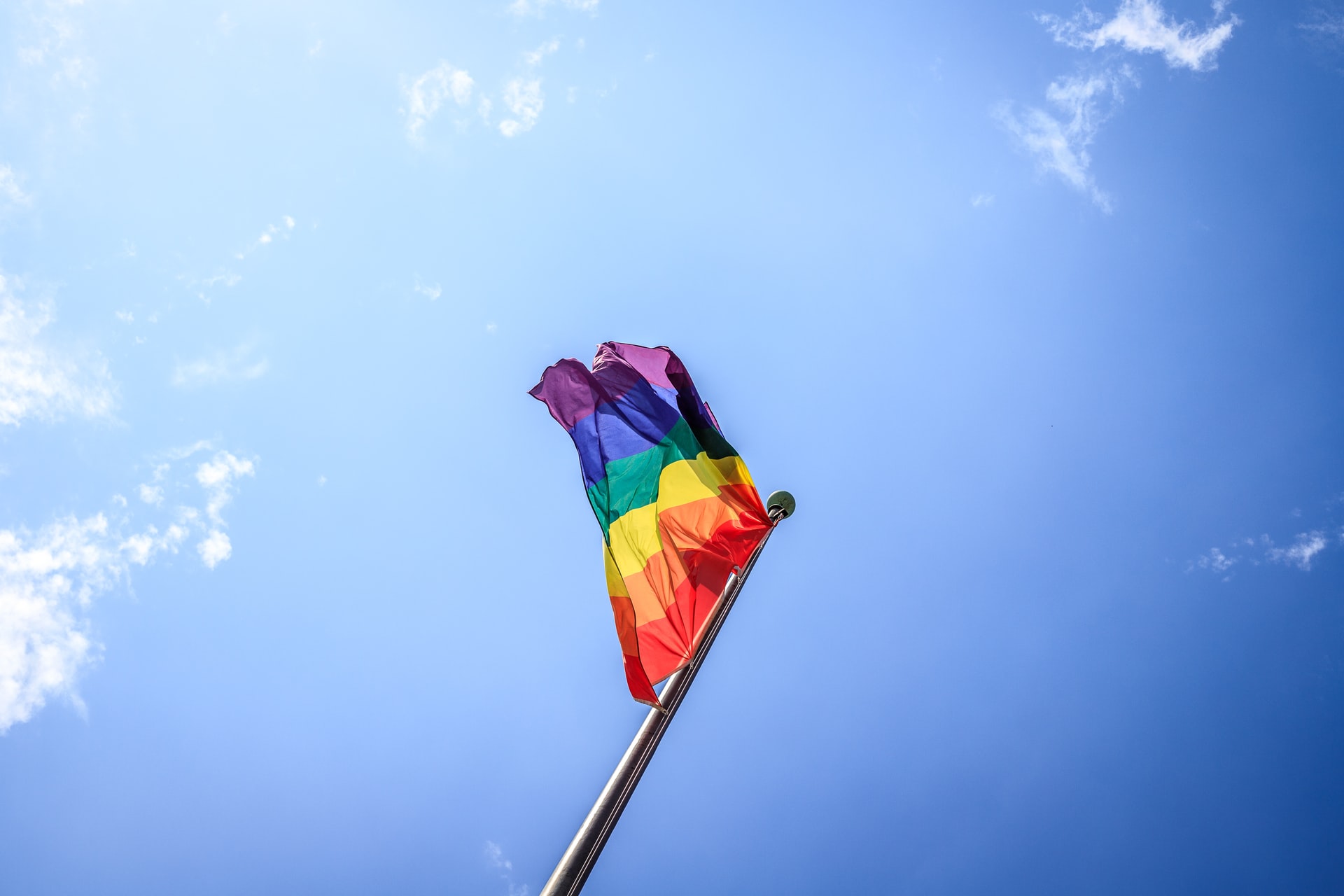
An ally is a cisgender person who is a friend and avid supporter of the community. We like to add that a true ally is someone who is willing to advocate, seek knowledge and stand up for the LGBTQ+ community, it’s not enough to simply call oneself an ally, one needs to be an ally in action and in mind.
Happy Pride Month from the ARC family!
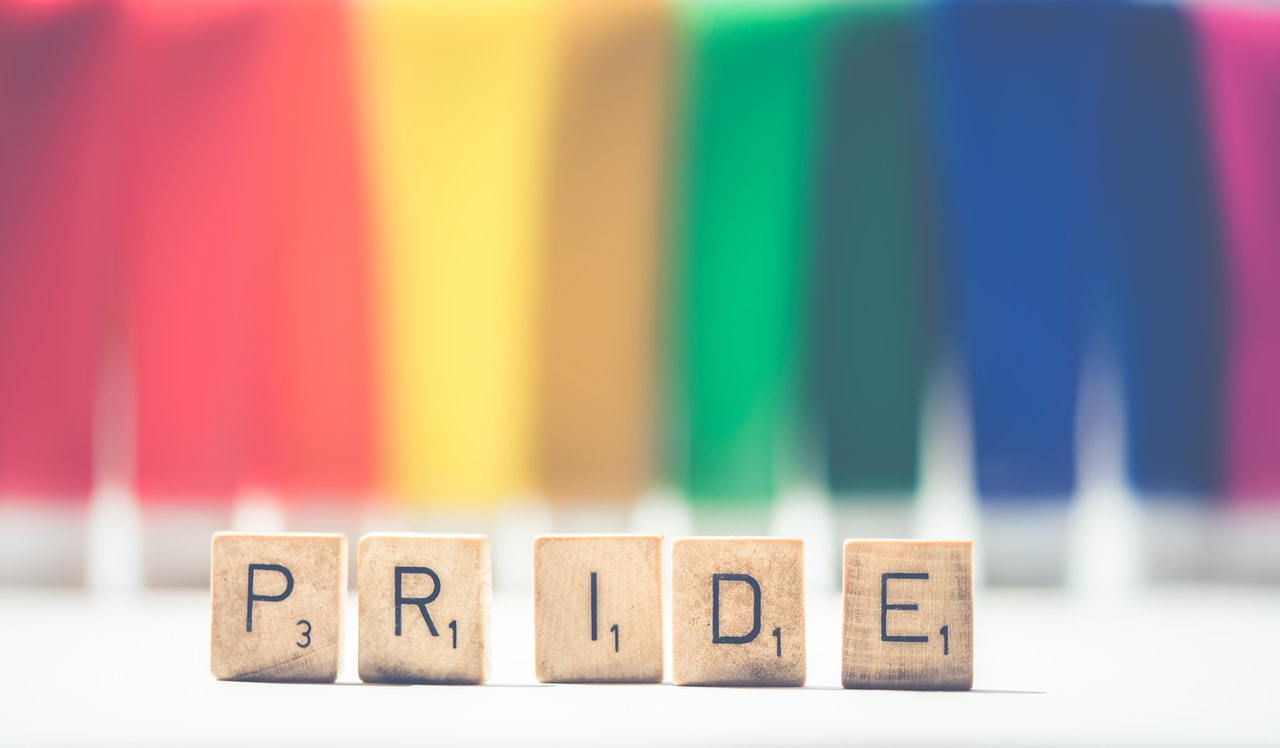
Resources:
The Trevor Project
A 24-hour text line (text “START” to 678678) and support network for LGBTQ youth. Crisis intervention and suicide prevention is offered as well.
The LGBT National Help Center
Phone, text and online peer support is available for LGBT youth, adults and seniors.
https://www.healthpartners.com/blog/mental-health-in-the-lgbtq-community/
